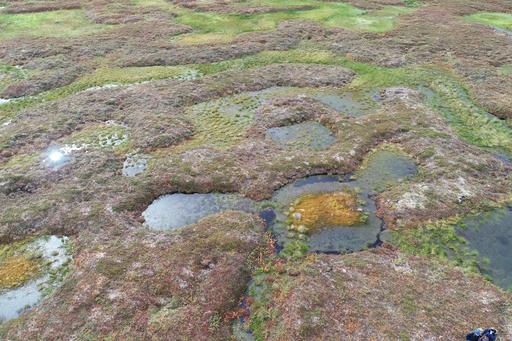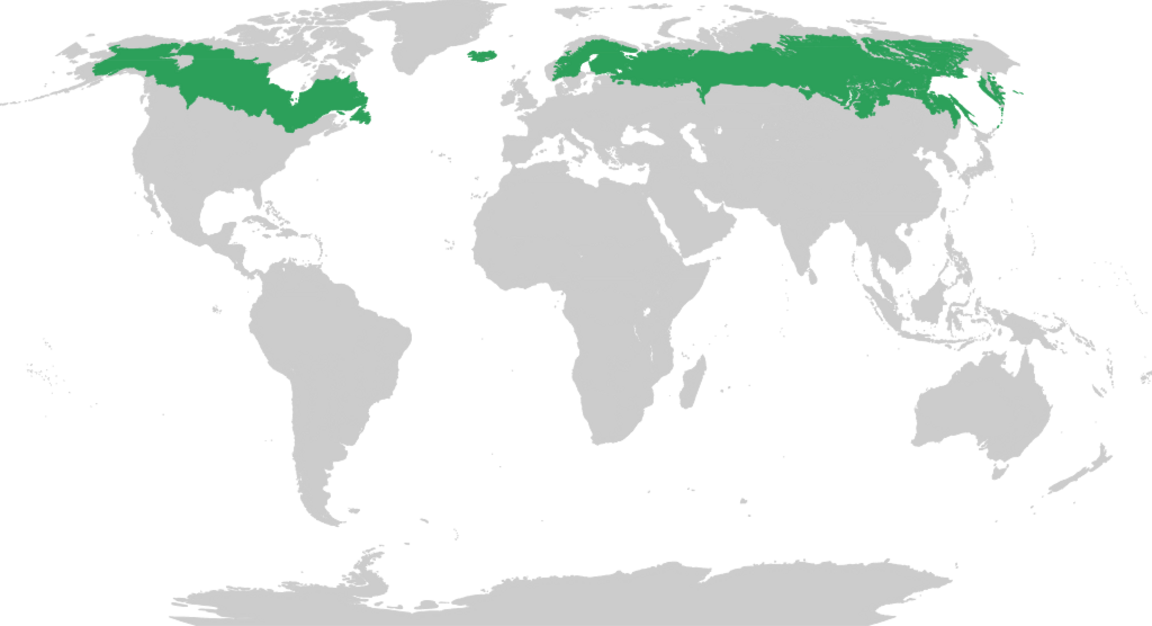
Predicting the future of permafrost hills
Using cutting edge drones and satellites, researchers observe the degrading of mounds of frozed peat, called palsas, in the subarctic region. With the changing climate, palsas in this area are losing their permafrost and quickly collapsing.
– We're researching in detail how exactly these fascinating permafrost hills are degrading, and which climatic and environmental factors are most important, says Cas Renette, PhD at the Department of Earth Sciences, University of Gothenburg.
He is one of the researchers involved in the interdisciplinary project "Threatened sub-arctic palsas" at the University of Gothenburg. The aim of the project is to gain a deeper understanding of the partially unknown palsa degradation processes and to develop models to forecast trends in palsa extent and permafrost thaw under different climate scenarios.
– These landforms in the subarctic region are a unique permafrost habitat and are rapidly disappearing as a result of increased air temperature and precipitation, Cas Renette says.


Loss of habitats for species
Besides drones and satellites, the researchers use ground penetrating radar, permafrost microstructure analysis, gas-flux measurements and climate data in their studies. Increased greenhouse gas emissions and loss of habitats for many species are some of the consequences being observed so far.
Recently, Cas Renette received funding from the Adlerbertska Foundation to be able to learn more about palsas. The funding makes it possible for him to travel to Whitehorse, Yukon, Canada, to discuss research findings with experts in the field during the International Conference on Permafrost.
– With the current situation regarding Russia, Canada remains as the largest permafrost area on the planet, so this is an ideal spot to discuss our findings on palsas from Sweden and to represent the University of Gothenburg, he says.
At the conference, Cas Renette will present the researchers’ work, showcasing the 3D models created of palsas using an advanced drone..
– I'm looking forward to learning from others, maybe initiate some collaborations, and joining field trips to see Canada's permafrost landscapes.
For more information about this research, please contact:
Cas Renette, University of Gothenburg, Department of Earth Sciences, e-mail: cas.renette@gvc.gu.se